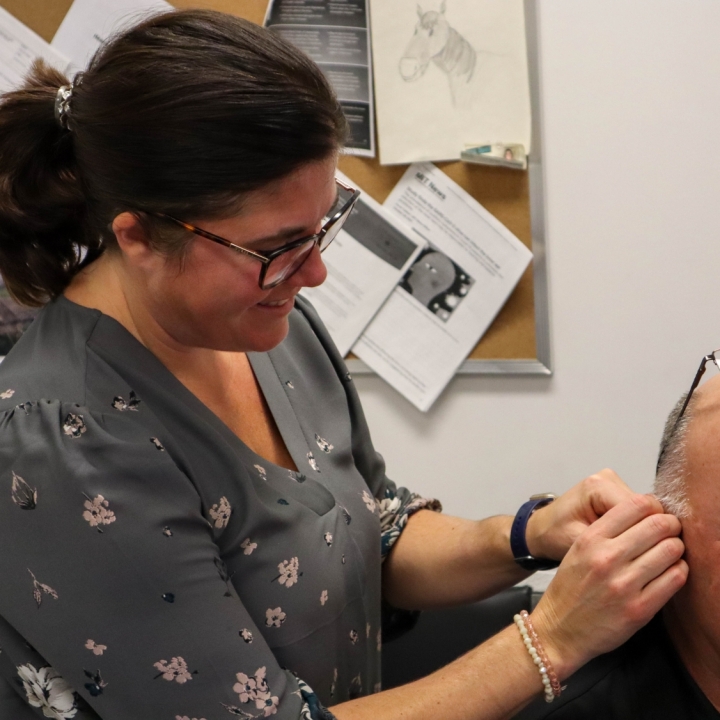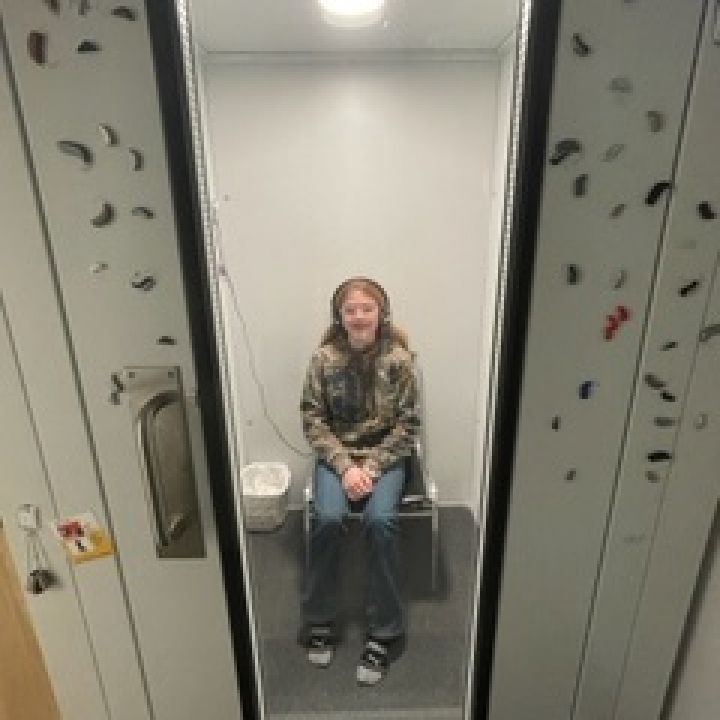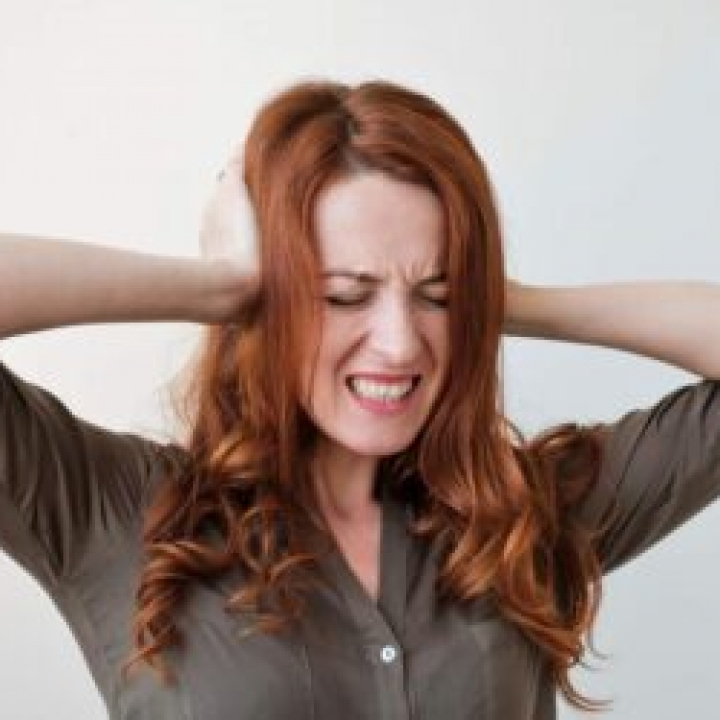Ear Wax Removal
Cerumen
Also known as earwax, is naturally produced by the glands in the ears to lubricate the ear canals and keep dust and debris from getting too far down in the ear canal.
Cerumen typically clears itself from the ears, but in some instances can accumulate and cause a blockage, especially if you wear earmolds or hearing aids.
Symptoms of a Blockage
- Earache
- Tinnitus (ringing of the ears)
- Decreased hearing ability
- Feeling of ear fullness
- Dizziness

REMOVAL AT OUR OFFICE
Curettage
Involves the use of a curette. A curette is a long, curved tool that may also be used with suction to remove cerumen from the ear canal.
Suction
is an extremely effective, safe, and comfortable method of ear wax removal. A medical grade ear wax suction device is used to suction ear wax out of the ear canal. The audiologist first examines the patient’s ear using a loupe (converged binocular vision glasses) or microscope to determine the depth and areas of ear wax build up.

Earwax Removal DON'TS

People commonly use cotton swabs to try and remove earwax or dislodge a blockage. However, this can sometimes cause more problems as cotton swabs may push the blockage further down into the ear canal, risking even more damage to the ear.
Cotton swabs themselves can also be accidentally inserted too far into the ear canal and can compact wax further or puncture your eardrum.
Physicians generally agree that cotton swabs are a bad idea for removing earwax and should only be used on the outer portions of your ear. You should never insert cotton swabs or any small object into your ear canal.

If you experience pain or discomfort as a result of earwax or suspect you have a blockage, it’s important that you see us as soon as possible to address the issue. Removing earwax doesn’t have to be painful and should bring you relief.




